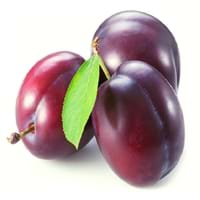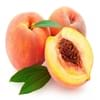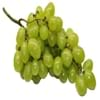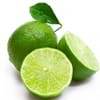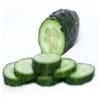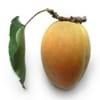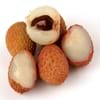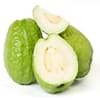Health Benefits
Cancer prevention, Heart care, Improves eye vision, Reduces stress, Regulation of heart rate
Cancer prevention, Cures gastro-intestinal troubles, Heart care, Increase in haemoglobin, Prevents diabetes
General Benefits
Anti oxidant properties, Eye care
Anti-inflammatory properties, Boosts immune system, Digestive aid, Eye care, Flu treatment, Helps in weight loss, Maintains healthy cholesterol level, Treatment of common cold
Skin Benefits
Heals sunburn, Reduces wrinkles, Treatment of skin diseases
Anti-aging benefits, Brightens and lightens complexion, Reduces wrinkles, Skin revitalization, Treatment of dark spots
Hair Benefits
Prevents hair loss
Prevents hair loss, Promotes longer and healthier hair, Protects hair, Remedy for split ends, Treatment of dandruff
Allergy Symptoms
Abdominal pains, Anaphylaxis, Breathing difficulty, Diarrhea, Dizziness, Hives, Itching, Lightheadedness, Nasal congestion, Nausea, Swelling of mouth, tongue or lips, Tingling sensation in mouth, Vomiting, Wheezing
Abdominal pains, Anaphylaxis, Vomiting
Side Effects
Allergic reaction
Allergic reaction
Best Time to Eat
As a snack in the late afternoon, Eat the fresh ones, avoid mixing with any other foods, don't eat after meal., Morning time (before lunch)
As a snack in the late afternoon, Eat the fresh ones, avoid mixing with any other foods, don't eat after meal., Morning time (before lunch)
Vitamin B5 (Pantothenic Acid)
Vitamin C (Ascorbic Acid)
Vitamin K (Phyllochinone)
Calories in Fresh Fruit with Peel
Calories in Fresh Fruit without Peel
Not Available
Not Available
Type
Tree fruit
Tree fruit
Season
Autumn, Summer
Summer
Varieties
Reliance, Sweet Scarlet, Spring Snow, Sugar May, Santa Rosa, Red Beauty, Glowhaven, Cresthaven and Redhaven Peaches
Victoria, President, Czar, Ariel, Avalon and Oullins Gage
Color
Pink, Red, White, Yellow, Yellowish-orange
Pink, Purple, Red
Inside Color
Yellow
Yellow
Taste
Sweet
Juicy, Sweet, Tart
Soil Type
Sandy loam, Well-drained
Clay, Loam, Sandy loam
Climatic Conditions
Cold, Warm
Cold
Facts about
- In china, peaches are considered as a symbol of good luck.
- From 1982, august is National peach month in USA.
- In roman times, Peaches were also called as Persian apples, as people assumed that they originated from Persia.
- In china, plums are used for production of wine.
- A chemical called amygdalin found in plum seeds, turns into toxic compound in human body.
- Plum tree produces fruit 3-5 yrs after planting.
Other Countries
Greece, Italy, Spain, United States of America
Bosnia, Chile, India, Iran, Italy, Romania, Serbia, Turkey, United States of America
Top Importer
Germany
United Kingdom
Botanical Name
Prunus persica
Prunus domestica
Synonym
Not Available
Not Available
Subkingdom
Tracheobionta
Tracheobionta
Division
Magnoliophyta
Magnoliophyta
Class
Magnoliopsida
Magnoliopsida
Species
P. persica
P. domestica
Difference Between Peach and Plum
We might think that Peach and Plum are similar with respect to nutritional value and health benefits. But the nutrient content of both fruits is different. Peach and Plum Facts such as their taste, shape, color, and size are also distinct. The difference between Peach and Plum is explained here.
The amount of calories in 100 gm of fresh Peach and Plum with peel is 39.00 kcal and 46.00 kcal and the amount of calories without peel is Not Available and Not Available respectively. Thus, Peach and Plum belong to Low Calorie Fruits and Low Calorie Fruits category.These fruits might or might not differ with respect to their scientific classification. The order of Peach and Plum is Rosales and Rosales respectively. Peach belongs to Rosaceae family and Plum belongs to Rosaceae family. Peach belongs to Prunus genus of P. persica species and Plum belongs to Prunus genus of P. domestica species. Beings plants, both fruits belong to Plantae Kingdom.

